33 Survival Kanji for Japan First-Timers
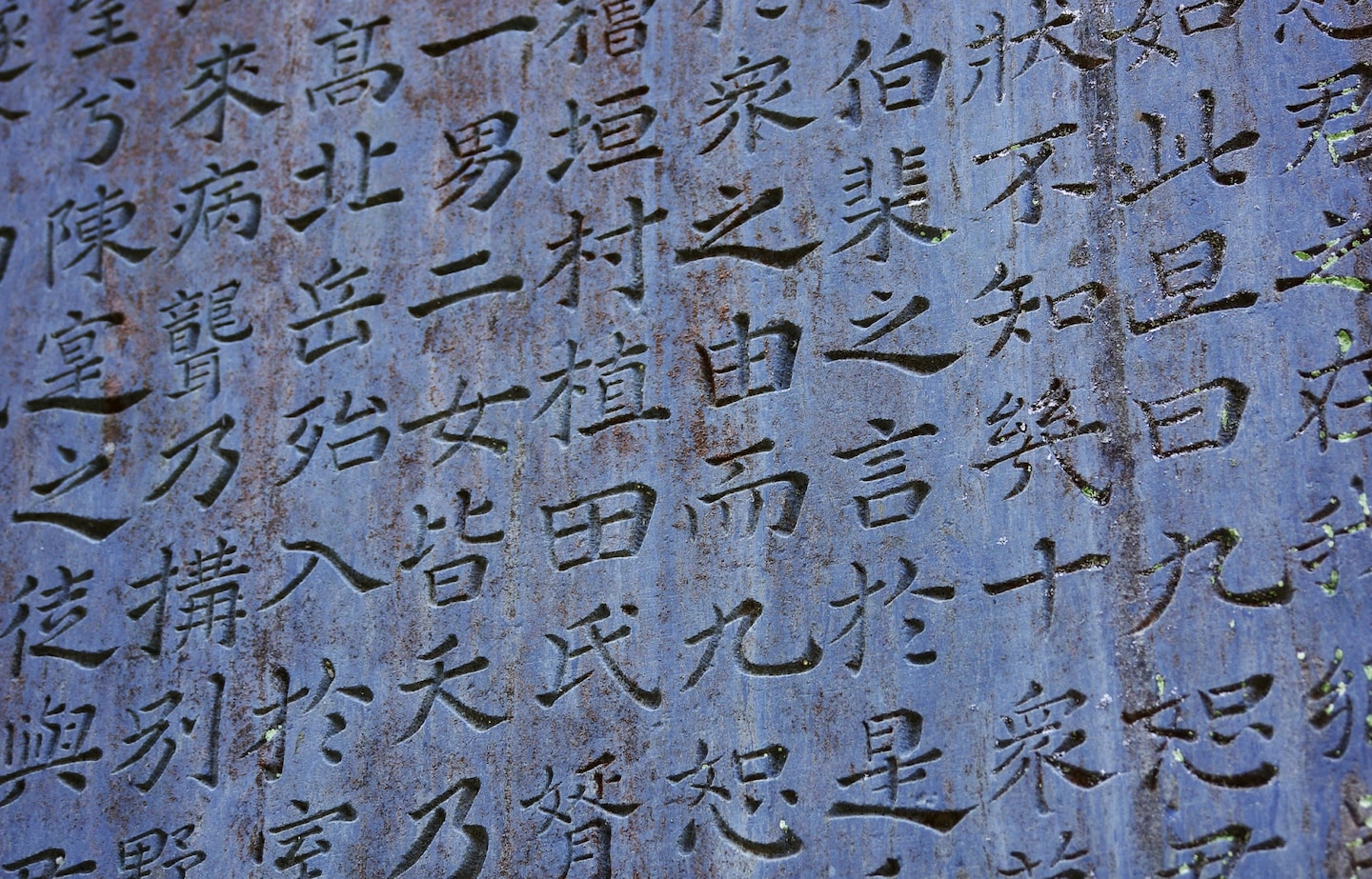
While learning hiragana and katakana is a great step toward learning Japanese, kanji—adapted from Chinese characters—is an essential part of reading and writing. While trying to master all 2,136 (as of 2010) "regular use" kanji is a bit daunting, here's a quick guide to some that you'll see right away in Japan.
By Sugu AlthomsonsGetting Around
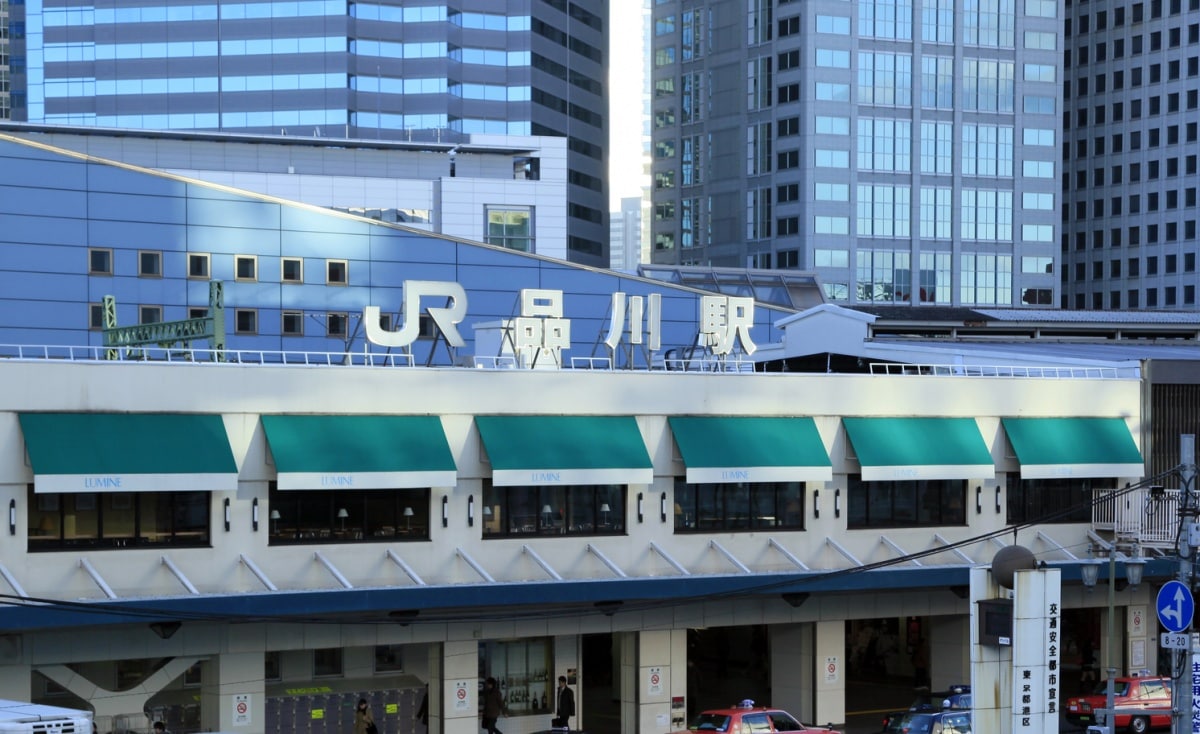
http://amanaimages.com/info/infoRF.aspx?SearchKey=10211003081&GroupCD=0&no=3&aid=&keyword=%95i%90%ec%89w&brandrm=False&brandrf=True&SourceKey=bd19-a303-b1fe&ItemCount=100
駅 (eki, station):
If you're traveling the country by train, one of the first kanji you should learn is "station." You will see this at the end of the station name posted on signs.
終点 (shuuten, final stop):
You may see this on the train just before coming to a station. This means that though the track may continue on, the train won't, so you'll need to switch trains.
入口/出口 (iriguchi/deguchi, entrance/exit):
You’ll see these everywhere, sometimes with English text and sometimes without.
Money & Numbers
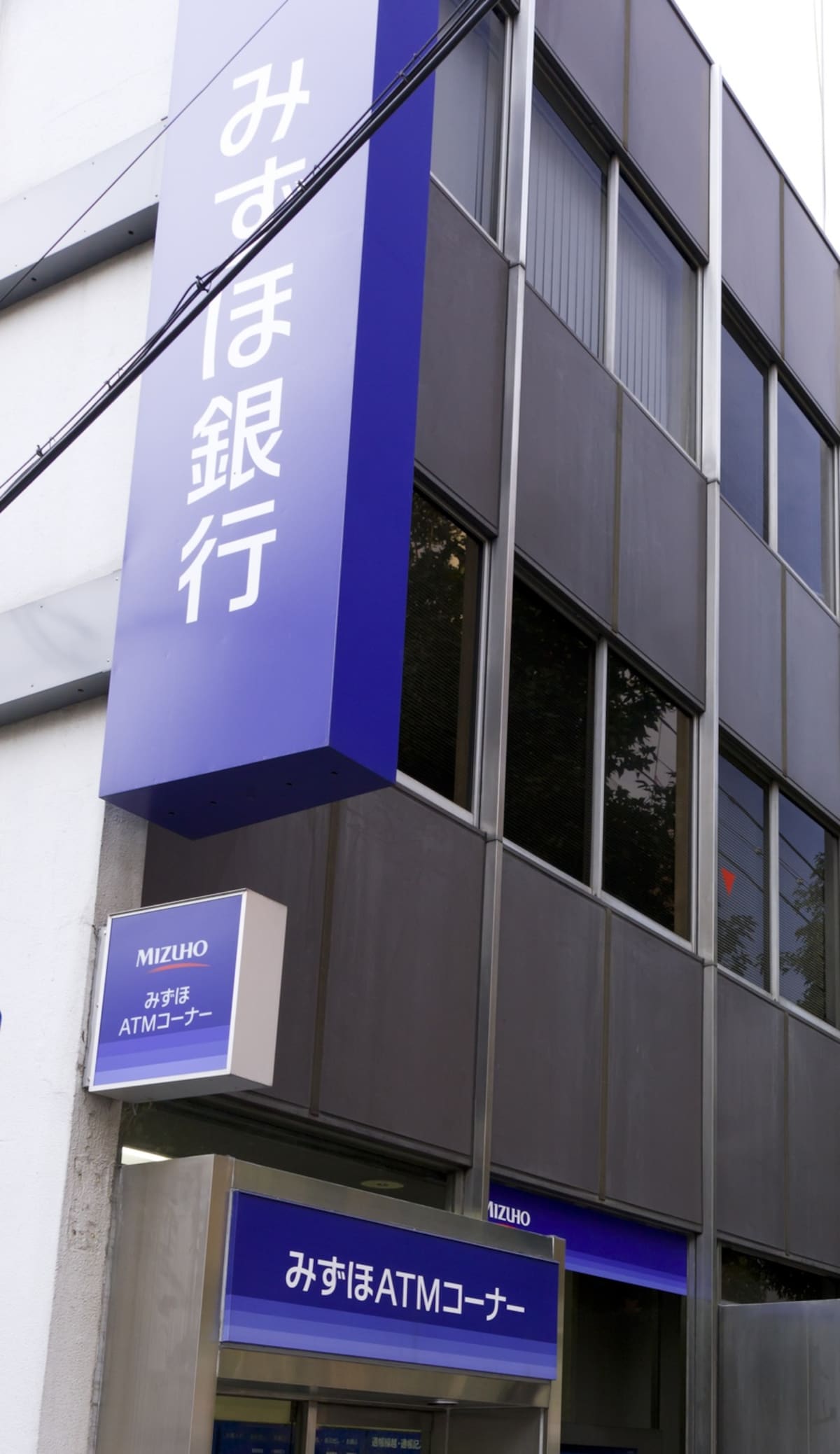
円 (en, yen):
This is the kanji for the currency in Japan, though you may also see the ¥ symbol as well. All Japanese currency, including coins and cash, has the kanji version printed on it. You may see this in other contexts, where it would mean "circle," it usually refers to prices.
一二三四五六七八九十 (numbers 1-10):
While we're on the subject of money, some restaurants will write out their prices using the kanji for numbers, and you'll see these on the currency as well. To help you, here are the kanji for numbers, from 1-10.
一 1
二 2
三 3
四 4
五 5
六 6
七 7
八 8
九 9
十 10
銀行 (ginko, bank):
When you need to get money, seek this symbol out. While some banks will directly exchange international currency, some cannot. You'll need to inquire inside whether they can help or not.
郵便局 (yubinkyoku, post office):
The national post office, although you may also see the double-barred 〒 as well. Post offices also have ATMs that allow you to withdraw money from a variety of international sources, as well as send money back to your country. You don't need to learn a character for ATM, as the letters are always written out in English.
Health & Safety
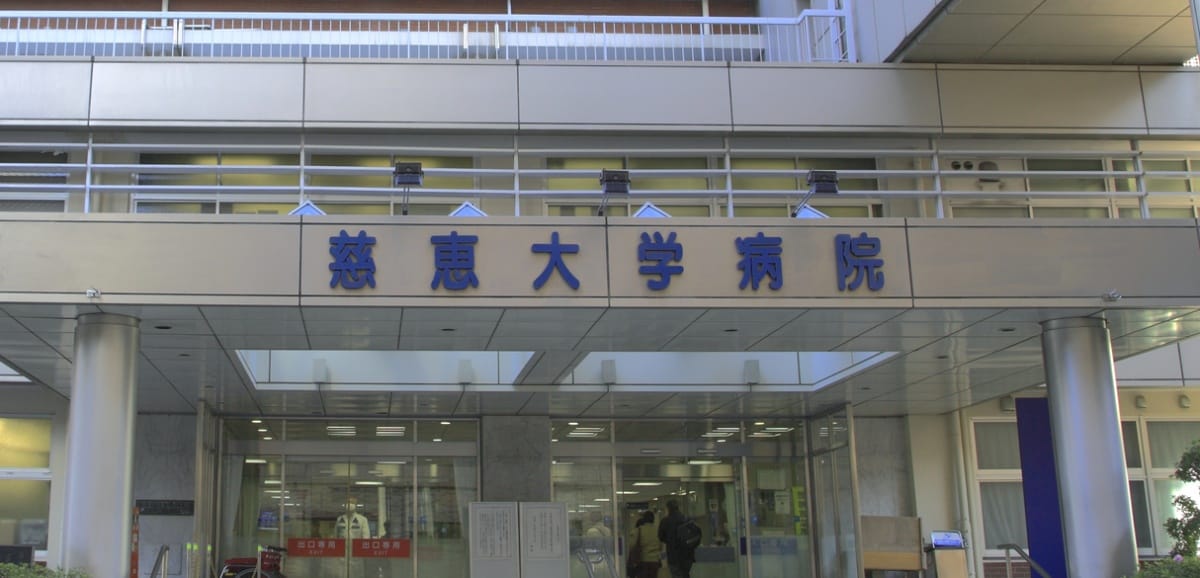
病院 (byoin, hospital):
In case you get sick, find one of these. Though it might seem scary to try to communicate in a different language when you're sick, doctors frequently (but not always) know at least the names of ailments in English, and some are very happy to have a chance to dust off their skills.
危ない (abunai, danger!):
Wherever you are, take caution or leave. Whatever's ahead is dangerous for some reason. An electric fence, a river with a strong current, steep steps... be careful.
注意 (chu-i, caution):
Similar to danger, this means to pay attention. You'll see this as you go down the stairs and you're about to bump your head on the ceiling. Or maybe you're walking along a beautiful stream, but there's a part that sometimes becomes slippery. Either way, be more mindful here!
Food

食 (taberu or shoku, food):
When you see this kanji, it means food or dining. This is usually added on to other kanji as both a prefix and suffix (食べる・taberu is the verb form).
飲 (nomu or in, drink):
Similarly, this kanji means drinking, and is often seen as both a prefix and suffix (飲む・nomu is the verb form).
肉 (niku, meat):
When you see this kanji, even if you don't know the preceding kanji, something (other than fish) was alive and is now being served to you on a plate. Usually, if you see this kanji by itself (for example, 肉まん・nikuman, or steamed pork dumplings), it means pork stock or some pork has been used, usually ground.
牛肉 (gyuniku, beef):
Literally, cow meat.
豚肉 (butaniku, pork):
Literally, pig meat. When you see this kanji, especially compared with using 肉 by itself as above, it generally means bigger cuts of pork. For example, at some convenience stores, you will see both 肉まん and 豚肉まん. The second one will have slices of pork instead of just ground pork.
魚 (sakana, fish):
This kanji is also used as part of the name for many varieties of fish, so if you see it anywhere in there, you're getting something that came out of the water. Note that "fish" is considered distinct from "meat"—to the extent that older restaurants often need an explanation to understand that fish dishes are not okay for vegetarians.
海老 (ebi, shrimp):
If you have allergies or don't like shrimp, avoid products that have these kanji.
鶏肉 (toriniku, chicken meat):
You'll find lots of this in Japan. In some menu situations you may also see tori written as 鳥, which is the more general term for "bird."
無添加 (mutenka, additive-free):
This is a good label to look for if you want to avoid artificial colors and flavors. Generally, mutenka products are closer to organic. The 無 kanji is also good to know in general because it indicates the absence of the following kanji.
塩 (shio, salt):
If you're watching your salt intake, this is a good kanji to learn. Some products will advertise the regular version and the reduced-salt (低塩・tei-en) version side by side, so you can easily see which one you'll want to buy (低 means "low").
砂糖 (sato, sugar):
If you want to watch how much sugar you're eating, look for this kanji as well. You'll see this with mutenka on several teas, advertising that they do not have extra sugar added.
Culture
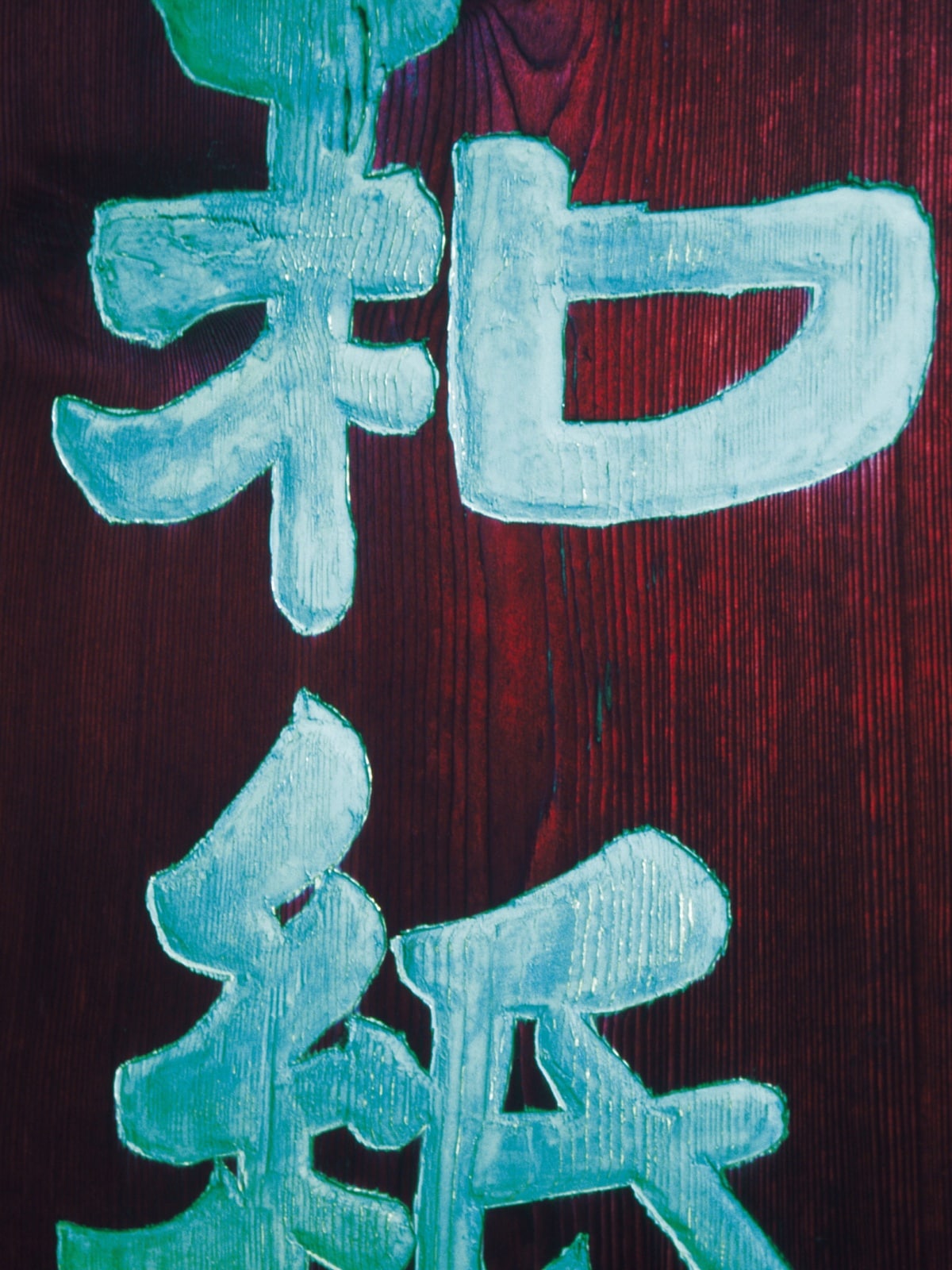
http://amanaimages.com/info/infoRF.aspx?SearchKey=28144085362&GroupCD=0&no=86&aid=&keyword=%8a%bf%8e%9a&brandrm=False&brandrf=True&SourceKey=a484-4bd3-1de0&ItemCount=100
These aren't quite as essential as the others, but you'll come across them if you get into Japanese cultural activities.
和 (wa, Japanese):
This kanji means that it's Japanese style or from Japan. For example, in restaurants, you'll see this next to some beef, showing that this beef is produced somewhere in the country.
洋 (yo, Western):
Alternatively, this kanji means it's Western style: clothing, food, anything that is generally considered Western-influenced.
館 (kan, building):
You'll see this at the end of certain tourist-friendly buildings, like museums and community centers.
Content Note: This article uses kanji characters. If you see a small rectangle, like this ▯, you have not installed Japanese on your computer. For additional help, check out this Wikipedia page.
Good luck!



